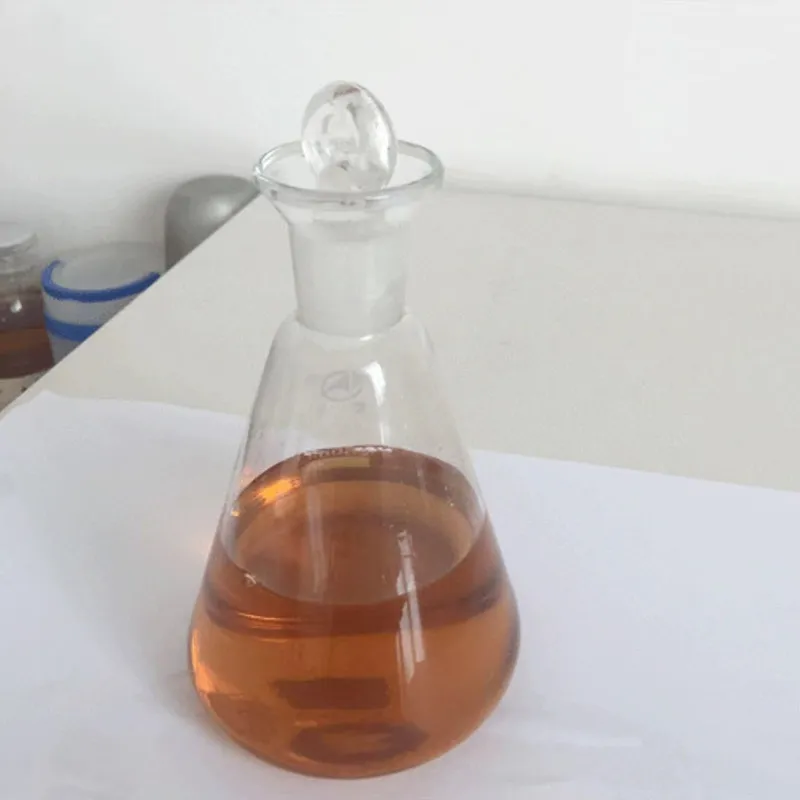
Benefits of Aluminum Hydroxide Gel for Dogs and Safe Usage Guidelines
Aluminum Hydroxide Gel for Dogs A Comprehensive Overview
Aluminum hydroxide gel is a compound that has garnered attention in the veterinary community for its uses in treating various conditions in dogs. This article will explore what aluminum hydroxide gel is, how it works, its applications, benefits, and potential side effects when administered to dogs.
What is Aluminum Hydroxide Gel?
Aluminum hydroxide gel is an inorganic compound that serves as an antacid and is primarily used to manage conditions related to excess stomach acid. It is often found in a gel form, which makes it easy to administer and absorb. In veterinary medicine, aluminum hydroxide is used primarily for its ability to bind phosphate in the gastrointestinal tract, thus reducing phosphate levels in the body.
How Does Aluminum Hydroxide Gel Work?
When aluminum hydroxide gel is ingested, it reacts with the hydrochloric acid in the stomach to create aluminum chloride and water, which helps neutralize acidity. This action provides symptomatic relief from conditions caused by excess acid. In addition, aluminum hydroxide has the unique ability to bind to phosphates, which is particularly beneficial for dogs with kidney issues. When the phosphate levels in the blood are high, it can lead to various health problems, including bone disease. By binding the phosphate and preventing its absorption, aluminum hydroxide gel can help manage these complications.
Applications in Veterinary Medicine
One of the primary uses of aluminum hydroxide gel in dogs is for the treatment of hyperphosphatemia, a condition characterized by elevated phosphate levels in the blood, often seen in dogs with chronic kidney disease (CKD). In these cases, aluminum hydroxide gel is used as a phosphate binder, allowing for better management of the condition and helping to prevent the progression of kidney disease.
Moreover, aluminum hydroxide gel may also be used as a part of a treatment regimen for gastrointestinal issues, such as gastritis or ulcers
. In these scenarios, it can help to soothe the stomach lining and reduce discomfort for the dog.aluminum hydroxide gel for dogs

Benefits of Aluminum Hydroxide Gel
The use of aluminum hydroxide gel in dogs has several advantages. Firstly, it is a relatively low-cost treatment option that can significantly alleviate symptoms related to gastrointestinal discomfort and high phosphate levels. Secondly, its efficacy as a phosphate binder makes it a valuable tool in managing kidney disease, enhancing the quality of life for affected dogs.
Additionally, aluminum hydroxide gel is easy to administer. Whether given by mouth or through food, it does not pose significant challenges compared to other medications. This ease of use can ensure better compliance from both veterinarians and pet owners.
Potential Side Effects
While aluminum hydroxide gel is generally safe for use in dogs, it is essential for pet owners to be aware of potential side effects. Some dogs may experience gastrointestinal upset, including diarrhea or constipation, when starting treatment. Due to its phosphate-binding properties, long-term use may also result in reduced calcium and phosphate absorption, leading to further complications such as bone mineralization disorders.
Veterinarians often monitor dogs on aluminum hydroxide therapy closely to prevent such issues. It is always best for pet owners to discuss any concerns with their veterinarian and ensure that the treatment plan is tailored to their dog’s specific health needs.
Conclusion
Aluminum hydroxide gel presents a valuable treatment option for managing certain health conditions in dogs, particularly those related to kidney disease and gastrointestinal distress. As with any medication, it is crucial for pet owners to work closely with a veterinarian to ensure safe and effective use. With proper monitoring and care, aluminum hydroxide gel can play a vital role in improving the health and well-being of dogs facing these challenges.
-
Pure Sodium Dichloroisocyanurate Dihydrate | Powerful DisinfectantNewsAug.29,2025
-
Industrial Chemicals: Quality & Purity for Every IndustryNewsAug.28,2025
-
Nitrile Rubber Honoring Strict Production StandardsNewsAug.22,2025
-
Aspartame Ingredients Honoring Food Safety ValuesNewsAug.22,2025
-
Fertilizer for Balanced Plant NutritionNewsAug.22,2025
-
Cyanide Gold Processing with High Purity AdditivesNewsAug.22,2025
-
Formic Acid in Textile Dyeing ApplicationsNewsAug.22,2025
Hebei Tenger Chemical Technology Co., Ltd. focuses on the chemical industry and is committed to the export service of chemical raw materials.
-

view more DiethanolisopropanolamineIn the ever-growing field of chemical solutions, diethanolisopropanolamine (DEIPA) stands out as a versatile and important compound. Due to its unique chemical structure and properties, DEIPA is of interest to various industries including construction, personal care, and agriculture. -

view more TriisopropanolamineTriisopropanolamine (TIPA) alkanol amine substance, is a kind of alcohol amine compound with amino and alcohol hydroxyl, and because of its molecules contains both amino and hydroxyl. -

view more Tetramethyl Thiuram DisulfideTetramethyl thiuram disulfide, also known as TMTD, is a white to light-yellow powder with a distinct sulfur-like odor. It is soluble in organic solvents such as benzene, acetone, and ethyl acetate, making it highly versatile for use in different formulations. TMTD is known for its excellent vulcanization acceleration properties, which makes it a key ingredient in the production of rubber products. Additionally, it acts as an effective fungicide and bactericide, making it valuable in agricultural applications. Its high purity and stability ensure consistent performance, making it a preferred choice for manufacturers across various industries.





